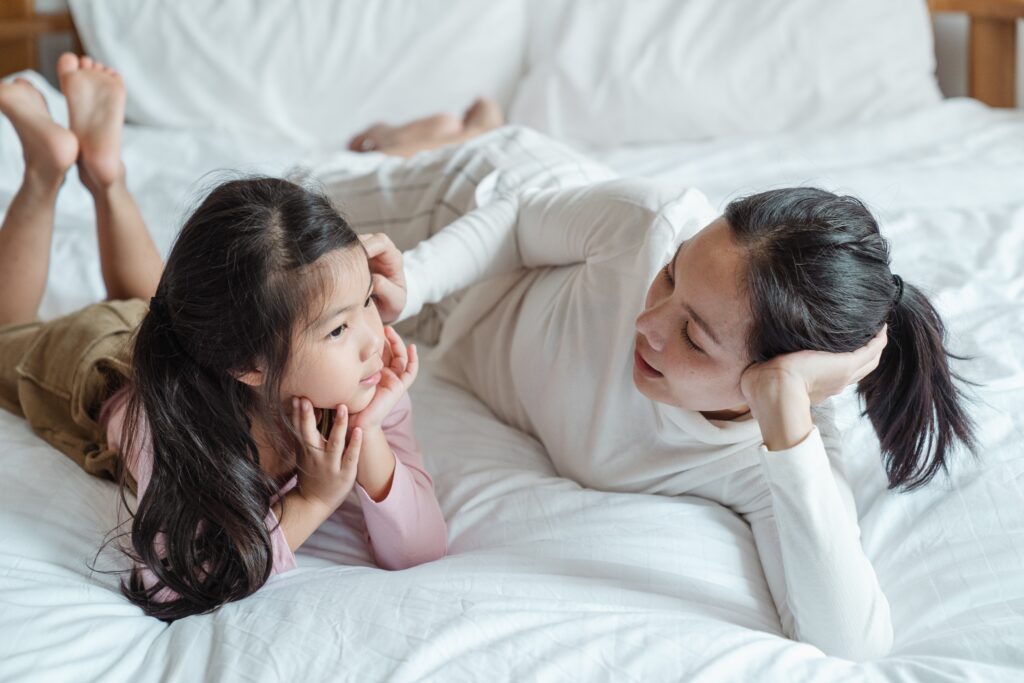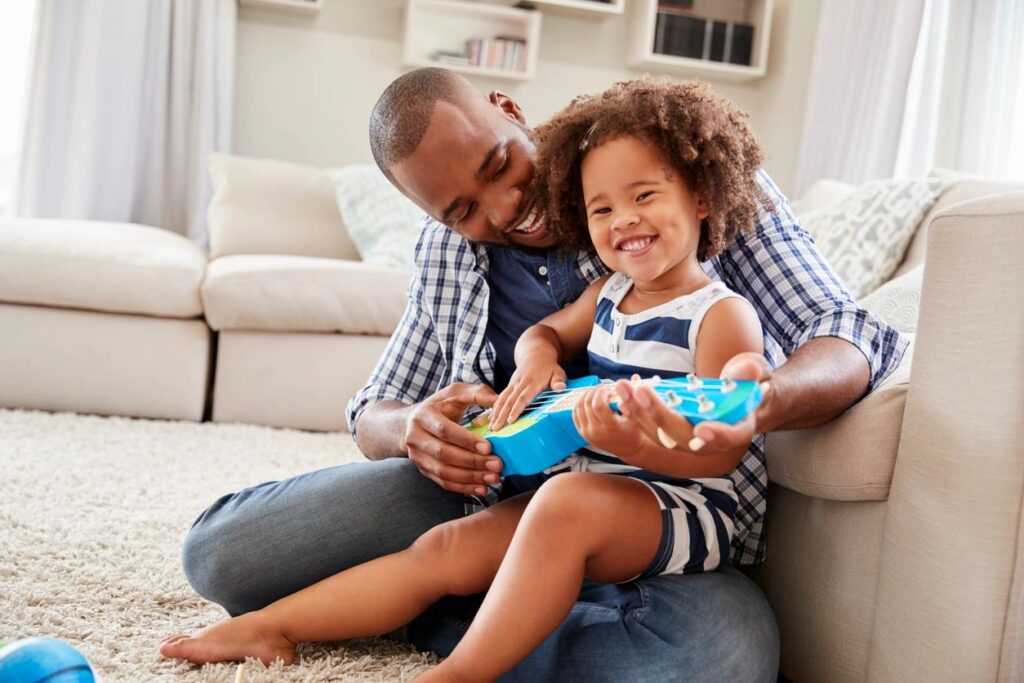Growing up in a typical Latin-American household, the use of corporal punishment (i.e. physical punishment that when utilized with children usually involves spanking or paddling) was not frequent, but it did occur when misbehavior occurred. I can still hear the echoes of my father sitting next to me, belt at the ready, asking me whether I wanted to finish eating all my veggies or endure the alternative. Thinking back on the particular memory now in my late 20’s leaves a feeling of disgust and discomfort even though it occurred over two decades ago. I believe that to be a testament to the potential negative ramifications that corporal punishment leaves on children as they grow up. We never truly forget.

While working at a local community mental health agency that focused on family therapy, I read many scholarly research articles around the topic of corporal punishment, all of which found negative effects in correlation with hitting children as a form of discipline. The research indicated that adults who endured corporal punishment as kids experienced far more emotional, psychological, and physical complications in adulthood. Physical punishment can affect children’s self-esteem, their sense of security, and even increase their aggressiveness and promote antisocial behavior.
It is important for parents to remember that all forms of behavior communicate messages to our children. We are their role models. So what exactly are we telling our children when we decide to hit, spank, or slap them when they misbehave? This type of punishment conditions your child to believe that physical retaliation is an appropriate form of problem solving. While the child might stop their misbehavior for fear of getting hit again by the parent in that moment, feelings of resentment and aggression can appear in other settings as a result (i.e., school, work, and romantic relationships).
In order to avoid these potential outcomes for our children, parents must engage in other forms of parenting that help promote prosocial behavior. Simple acts such as praising a child when they do the right thing or creating a reward system when a child helps around the home can be highly effective. When it comes to dealing with misbehavior,talking to your child in a calm manner to explain why their behavior is inappropriate is always a good first step. Remember that children are still learning right from wrong and must be taught. If the bad behavior continues, then it is important to implement appropriate discipline such as time-outs or removal of privileges. Let the punishment fit the crime and do your best not to let emotions run high.

